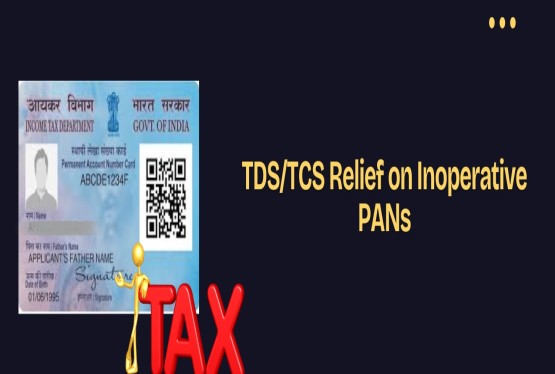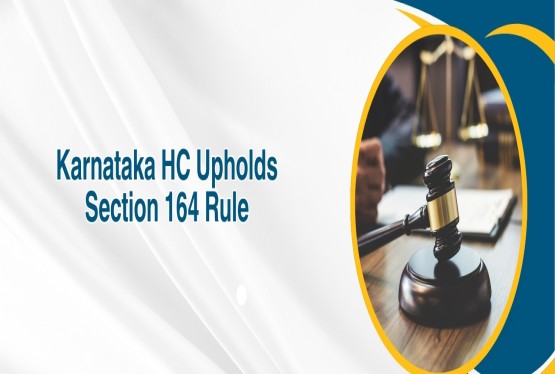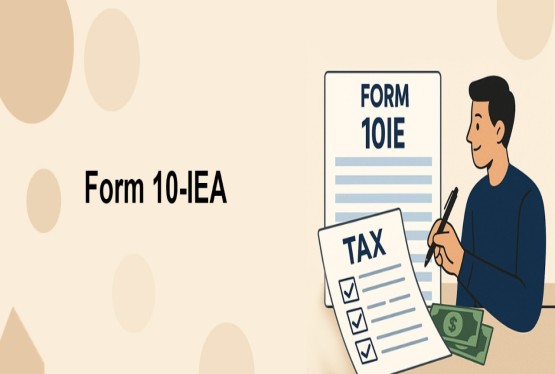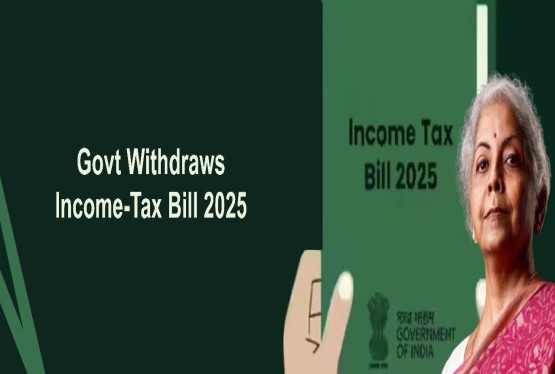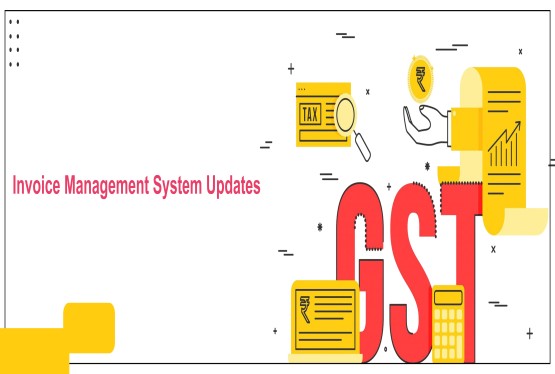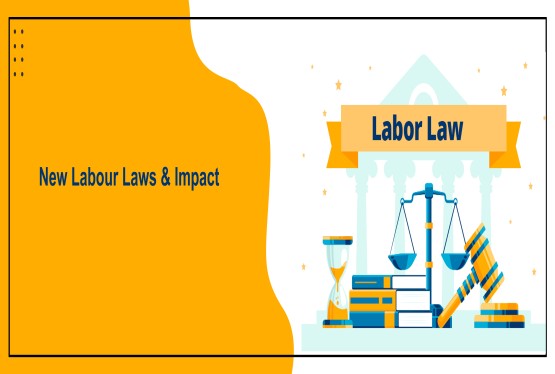Many individuals and businesses earn income from multiple countries. This international flow of income often leads to complex tax situations where the same income might be taxed in more than one country. To avoid such instances of double taxation, countries enter into agreements known as Double Taxation Avoidance Agreements (DTAAs). These agreements allow taxpayers to avoid being taxed twice on the same income. However, to claim the benefits under a DTAA, taxpayers must prove their residency status in one of the countries involved. This is where a Tax Residency Certificate (TRC) becomes important.
What is a Tax Residency Certificate (TRC)?
A Tax Residency Certificate is an official document issued by the income tax authority of a country to certify that a particular individual or entity is a resident of that country for tax purposes for a specific financial year. In India, the Income Tax Department issues this certificate. It acts as proof that the individual or entity is a tax resident of India and is eligible to avail the benefits of the DTAA signed between India and the other country.
This certificate is particularly significant for individuals who qualify as Resident and Ordinarily Resident (ROR) in India because they are taxed on their global income. Without a TRC, these individuals may end up paying taxes both in India and in the country where the income is generated, leading to double taxation. Similarly, non-resident Indians (NRIs) or foreign entities receiving income from India can also avail DTAA benefits by submitting a TRC issued by their country of residence.
Types of Income Covered Under TRC
A Tax Residency Certificate is applicable for various types of income that an individual or business may earn outside India. The most common types of income covered include:
-
Income from foreign assets
-
Earnings from services provided abroad
-
Salaries received in foreign countries
-
Interest income from savings and fixed deposits held abroad
-
Dividends from foreign shares and mutual funds
-
Revenue from selling agricultural produce in foreign nations
-
Capital gains from transferring property located in another country
The TRC validates that the taxpayer is a resident of India (or another country, in the case of NRIs) and is eligible for relief under the respective DTAA. This certificate remains valid until the end of the financial year in which it is issued, and therefore, needs to be obtained every year.
Classification of Residential Status under Indian Income Tax Law
Determining an individual's residential status is the first step in understanding their tax obligations in India. The Income Tax Act of India classifies individuals into three categories:
1. Resident and Ordinarily Resident (ROR)
To qualify as a Resident and Ordinarily Resident, an individual must satisfy the basic criteria laid out under Section 6(1) of the Income Tax Act:
-
They must have stayed in India for 182 days or more during the financial year.
-
Alternatively, they must have been in India for at least 365 days in the preceding four years and 60 days in the current year.
In addition, Section 6(6) requires individuals to meet the following for ROR status:
-
They must have been residents in India for at least two out of the last ten years.
-
They must have stayed in India for 730 days or more in the previous seven years.
2. Resident but Not Ordinarily Resident (RNOR)
This category applies to individuals who do not fulfill both the conditions for ROR but still qualify as residents under Section 6(1). The conditions include:
-
Having stayed in India for 730 days or more in the last seven years.
-
Having been a resident in India for at least two years in the preceding ten years.
3. Non-Resident (NR)
An individual is classified as a Non-Resident if:
-
They stayed in India for less than 182 days during the financial year.
-
They were in India for less than 60 days during the financial year.
-
Even if they were in India for more than 60 days, they must not have stayed for 365 days or more in the last four years.
Benefits of a Tax Residency Certificate
Obtaining a TRC offers multiple advantages for both individuals and businesses. These benefits go beyond avoiding double taxation and extend into regulatory and financial domains.
Avoidance of Double Taxation
The primary benefit of a TRC is that it helps taxpayers avoid being taxed twice on the same income. By proving residency in India, the TRC enables the taxpayer to claim relief under the DTAA with the foreign country.
Proof of Residence for Financial Transactions
In many international transactions, particularly those involving financial institutions or foreign regulatory authorities, proof of tax residency is required. A TRC serves as a valid proof of residence for conducting international trade, making investments, or opening overseas bank accounts.
Access to DTAA Benefits
DTAA treaties often provide favorable tax treatments such as reduced withholding tax rates on certain incomes like dividends, interest, and royalties. A TRC is mandatory for availing these benefits and can significantly reduce the overall tax liability.
Compliance with International Tax Laws
A TRC is an important document for ensuring compliance with international tax regulations. It is often required while filing tax returns in foreign countries, dealing with financial institutions, or in correspondence with foreign tax authorities.
Simplifies Tax Administration
For multinational corporations and businesses operating in multiple countries, tax compliance can be administratively challenging. A TRC streamlines these processes and reduces the risk of tax disputes by clearly establishing tax residency.
Transparency in International Transactions
Holding a TRC enhances credibility and transparency in cross-border financial dealings. It affirms the legitimacy of the taxpayer's residential status, making international transactions smoother and more reliable.
Eligibility Criteria for Obtaining a TRC
To apply for a TRC in India, certain basic eligibility conditions must be met:
-
The applicant must be a tax resident of India for the relevant financial year.
-
They should have a fixed place of business or a permanent establishment in the country issuing the TRC.
-
For NRIs, the certificate must be obtained from the government of their country of residence.
The document must also include essential details like the taxpayer's name, address, status (individual, firm, or company), PAN or Aadhaar number, nationality or registration country, and tax identification number.
How to Apply for a Tax Residency Certificate in India?
In India, the application process for a TRC involves the following steps:
-
Filing Form 10FA: The applicant must submit Form 10FA to the jurisdictional Assessing Officer. This form contains personal and financial information that will be verified by the Income Tax Department.
-
Assessment and Verification: The Assessing Officer will review the information provided in Form 10FA. If everything is in order and the applicant qualifies as a resident, the officer will issue the TRC using Form 10FB.
-
Issuance of Form 10FB: This is the actual Tax Residency Certificate, which mentions the period of residence and other relevant details.
The certificate is valid until the end of the financial year for which it is issued. Taxpayers are required to apply for a new certificate every year to continue availing the DTAA benefits.
Form 10F and its Importance
Form 10F is a declaration form that is used when the foreign TRC does not contain all the information required under Indian tax laws. This form must be furnished by NRIs who want to claim DTAA benefits but do not have a PAN or when the TRC lacks necessary details.
It includes information such as:
-
Name of the taxpayer
-
Taxpayer’s status (individual, firm, company)
-
PAN or Aadhaar number
-
Nationality or country of incorporation
-
Tax Identification Number (TIN)
-
Period of residency as per Section 90(4) or 90A(4)
-
Residential address in the foreign country
How NRIs can obtain a TRC?
Non-Resident Indians need to obtain a TRC from the income tax authority of their resident country. The TRC should include the key details as mentioned above. If the foreign TRC does not include all the required information, NRIs must submit Form 10F while claiming DTAA benefits in India.
NRIs can apply for a TRC by contacting the tax authority in their country of residence and submitting necessary documentation. This includes identity proof, address proof, proof of residence for the relevant period, and in some cases, tax return filings.
Renewal of TRC
Since the TRC is valid only for the financial year in which it is issued, it must be renewed annually. Taxpayers should begin the renewal process well in advance before the expiry of the current certificate. The renewal process generally involves re-submitting Form 10FA with updated details and documents.
Conclusion
A Tax Residency Certificate (TRC) is an important document for individuals and businesses engaged in international transactions. It not only helps in avoiding double taxation but also facilitates smoother cross-border dealings by establishing tax residency. With India having DTAA treaties with nearly 100 countries, obtaining and maintaining a TRC can result in significant tax savings and ensure compliance with international tax obligations. Taxpayers should be proactive in applying for and renewing their TRCs annually to continue enjoying the benefits under the respective DTAAs.
If you have any queries or need any support connect with Compliance Calendar LLP experts through email at info@ccoffice.in or Call/Whatsapp at +91 9988424211.
FAQs
Q1. What is a Tax Residency Certificate (TRC) and why is it needed?
Ans. A Tax Residency Certificate (TRC) is an official document issued by a country's tax authority confirming that an individual or entity is a tax resident of that country for a specific financial year. In India, it is required to claim benefits under Double Taxation Avoidance Agreements (DTAAs), which help prevent the same income from being taxed in both India and another country.
Q2. Who can apply for a TRC in India?
Ans. Any individual or business entity who qualifies as a resident of India under the Income Tax Act can apply for a TRC. This includes individuals with global income, Indian companies with international operations, and any resident taxpayer seeking DTAA benefits.
Q3. How can I apply for a Tax Residency Certificate in India?
Ans. To apply for a TRC in India, you must submit Form 10FA to the jurisdictional Assessing Officer of the Income Tax Department. Once the officer verifies the application and is satisfied, they will issue the TRC in Form 10FB. The application can be submitted physically or through the Income Tax Department’s online portal.
Q4. Is TRC mandatory to claim benefits under DTAA?
Ans. Yes, as per Section 90(4) and Section 90A(4) of the Income Tax Act, a TRC is mandatory for claiming DTAA benefits. Without a valid TRC, the taxpayer cannot avail of lower tax rates or exemption benefits provided under the tax treaties.
Q5. How long is a TRC valid in India?
Ans. A TRC issued in India is valid for the financial year mentioned in the certificate. It remains valid till the end of that year, after which a new certificate must be obtained to continue claiming DTAA benefits.
Q6. What details are required in a TRC for NRIs?
Ans. NRIs must obtain a TRC from the tax authority of their country of residence, and it should include:
-
Name and status (individual, firm, etc.)
-
Nationality or country of registration
-
Address in the foreign country
-
Tax Identification Number (TIN)
-
Period of residence
-
PAN or Aadhaar (if applicable)
If any of this information is missing, NRIs must fill and submit Form 10F along with the TRC.
Q7. Can I use a foreign-issued TRC in India?
Ans. Yes, if you are an NRI or a foreign entity earning income from India, you can submit a TRC issued by your home country to claim DTAA benefits. However, if the TRC lacks required details as per Indian law, you must also submit Form 10F to complete the documentation.
Q8. When should I renew my TRC?
Ans. Since TRCs are valid only for one financial year, it is advisable to renew your TRC before the year ends to ensure uninterrupted access to DTAA benefits. Delaying renewal may result in denial of tax relief or increased tax deductions.








_crop10_thumb.jpg)




































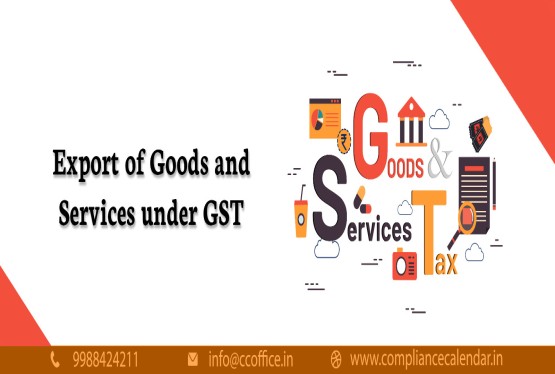













































_for_FY_2025-26_crop10_thumb.jpg)



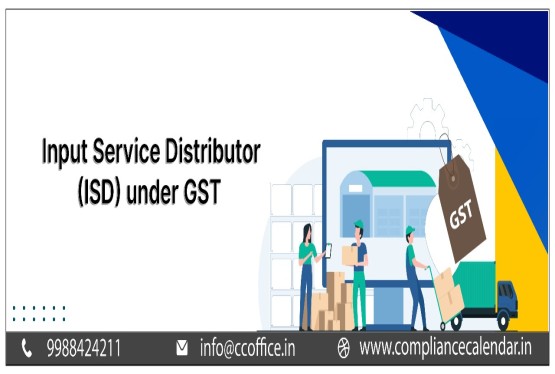








_learn_crop10_thumb.jpg)








_Filing_Due_Dates_for_FY_2024-25_learn_crop10_thumb.jpeg)
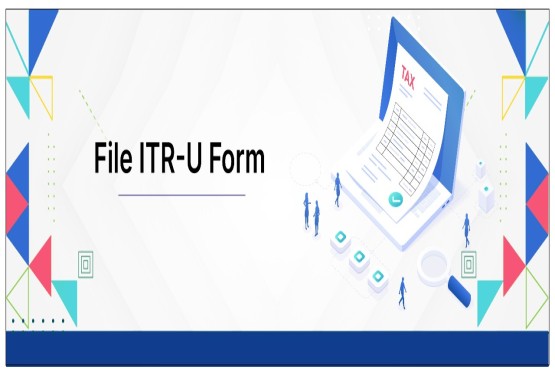
























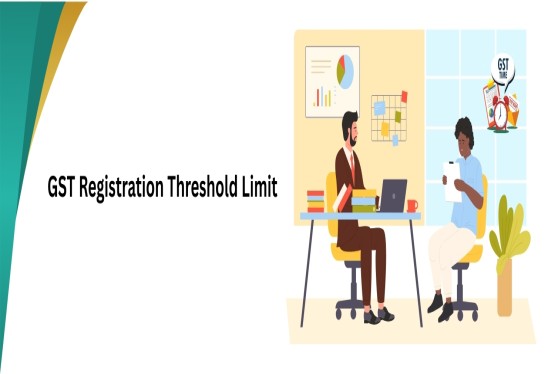
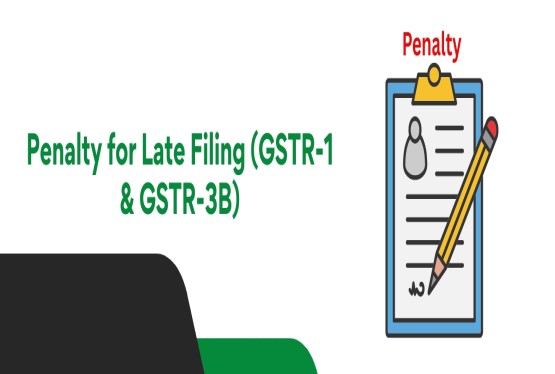












_of_GST_Act_learn_crop10_thumb.jpg)










_Under_GST_learn_crop10_thumb.jpg)









_crop10_thumb.jpg)


_crop10_thumb.jpg)






_learn_crop10_thumb.jpg)





















_of_the_Income_Tax_Act_learn_crop10_thumb.jpg)



_learn_crop10_thumb.jpg)






_learn_crop10_thumb.jpg)






_crop10_thumb.jpg)




















_in_The_Income_Tax_Act,_1961_learn_crop10_thumb.jpg)



_learn_crop10_thumb.jpg)



_of_the_Income_Tax_Act_learn_crop10_thumb.jpg)

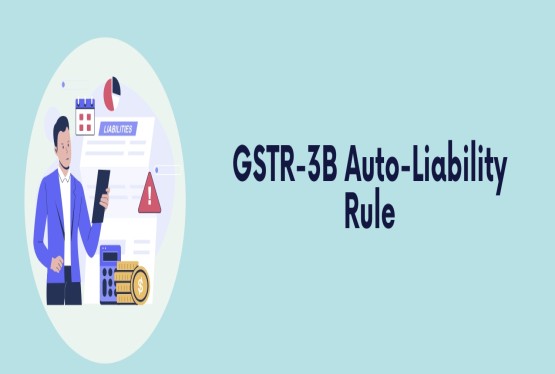
_Of_Income_Tax_Act_learn_crop10_thumb.jpg)








_learn_crop10_thumb.jpg)








_learn_crop10_thumb.jpg)
_crop10_thumb.jpg)

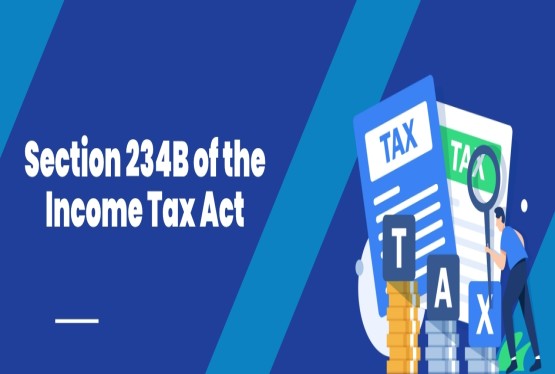




















_learn_crop10_thumb.jpg)
_for_Import_and_Export_learn_crop10_thumb.jpg)











